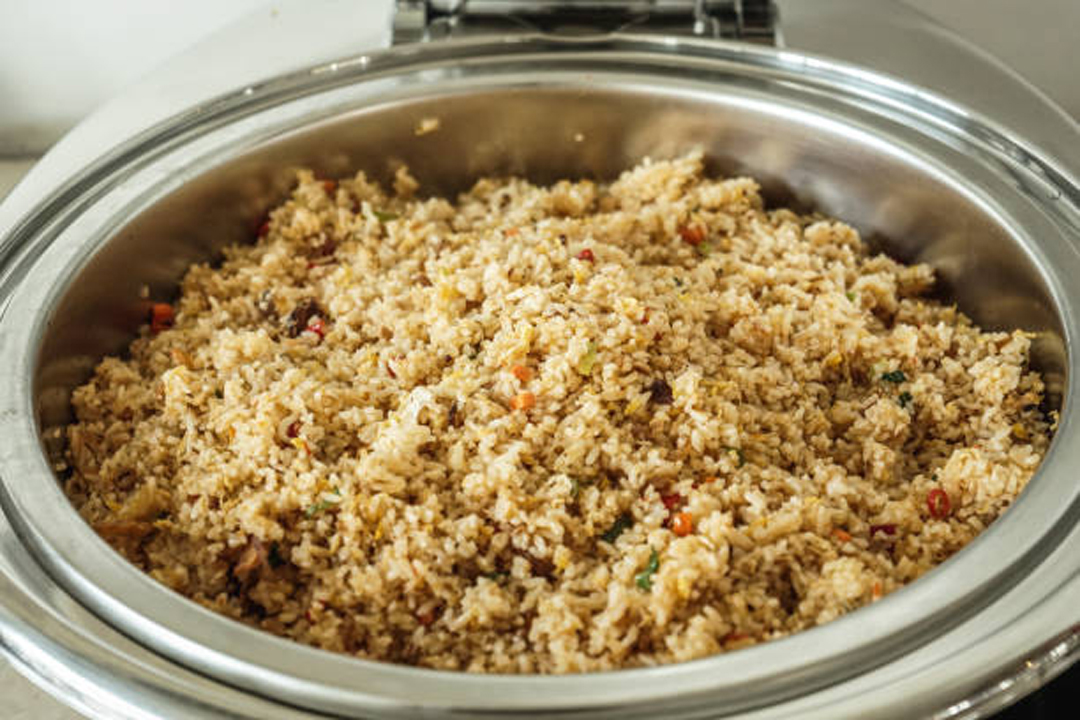
When we think of seafood, staples like salmon, tuna, and shrimp often come to mind. Yet, the vast oceans offer a myriad of alternatives, some lesser-known but packed with potential. Among these hidden treasures is krill meat, a nutritional powerhouse that promises not just health benefits but also sustainable sourcing. Let’s delve deeper into the untapped potential of krill meat and understand its importance from both health and environmental perspectives.
A Brief Introduction to Krill
Krill are small shrimp-like crustaceans, predominantly found in the cold waters of the Antarctic. Playing a critical role in the marine food chain, they serve as the primary diet for several marine animals, including whales, seals, and penguins. With a lifespan ranging from 5 to 7 years, krill have a rapid reproduction rate, which ensures their continual presence in our oceans.
The Nutritional Goldmine
A spoonful of krill meat can be more beneficial than one might imagine. Here’s why:
- Omega-3 Fatty Acids: Krill meat stands out because of its high content of omega-3 fatty acids, specifically EPA (eicosapentaenoic acid) and DHA (docosahexaenoic acid). These are known to support heart health, reduce inflammation, and improve neurological functions.
- Protein Power: Like most seafood, krill are an excellent source of protein. They offer all the essential amino acids without the added saturated fats.
- Essential Vitamins and Minerals: Krill meat is abundant in essential vitamins, particularly the B-vitamin complex, vital for energy production and metabolic regulation. Additionally, they are a source of minerals like iron, magnesium, and phosphorus.
- Astaxanthin: One of the most potent antioxidants found in nature, astaxanthin is responsible for the reddish hue in krill. This compound offers protective benefits against UV radiation and inflammation, and it is believed to support skin health and aging.
Sustainability: A Seafood Choice that Cares
One of the prime concerns with seafood consumption today revolves around sustainability. Overfishing has led to dwindling fish populations, threatening the balance of marine ecosystems. However, krill present an eco-friendlier option for several reasons:
- Abundance: Given the rapid reproduction rate of krill, they are one of the most abundant organisms on Earth. Sustainable harvesting ensures that their population remains stable.
- Eco-friendlier Fishing Methods: Harvesting krill typically uses methods that have minimal bycatch, ensuring other marine life isn’t unintentionally caught and wasted.
- Lower Trophic Level: As primary consumers, krill exist at a lower trophic level in the food chain. Harvesting organisms from this level is often more sustainable than targeting larger predatory fish.
- Regulated Fishing: Krill fishing in the Antarctic is rigorously regulated by the Commission for the Conservation of Antarctic Marine Living Resources (CCAMLR). They ensure the annual catch is sustainable and doesn’t harm the broader marine ecosystem.
Diversifying the Culinary Landscape
Apart from its health benefits and sustainable sourcing, krill meat is a culinary delight. Its unique taste and texture can be used in a plethora of dishes, from sushi rolls to refreshing salads, creamy chowders to pasta delicacies. Chefs around the world are exploring the versatility of krill meat, curating recipes that tantalize the taste buds while nourishing the body.
Beyond the Plate: The Broader Benefits of Krill
While the direct health benefits of krill meat are impressive, their indirect benefits – to both our planet and its oceans – deserve spotlighting.
- Carbon Sequestration: Krill play a remarkable role in the process of carbon sequestration. As they consume phytoplankton, which absorb carbon dioxide from the atmosphere, and then produce waste that sinks to the ocean floor, they effectively trap carbon in the deep sea. By maintaining robust krill populations, we inadvertently support one of nature’s processes that combats climate change.
- Boosting the Marine Ecosystem: As aforementioned, krill are foundational to the marine food chain. By sustaining their populations, we indirectly ensure the survival and health of many larger marine species. This cascading effect stabilizes marine biodiversity.
- Economic Potential: As the demand for sustainable and health-beneficial foods grows, krill farming and harvesting can provide a livelihood for countless individuals, from fishermen to distributors, chefs to nutritionists. This offers a sustainable economic model that doesn’t exploit the environment.
Incorporating Krill into Daily Meals
- Making a shift to incorporate krill meat in your diet goes beyond just understanding its advantages; it’s a transformative journey in daily eating patterns. Here are steps to effortlessly weave krill into your everyday dishes:
- Begin Gradually: If you’re new to the flavor profile of krill, it’s wise to start off with minimal amounts. Consider sprinkling krill as a topping on salads or adding them as an ingredient in marine broths.
- Dive into Culinary Adventures: Although many conventional seafood dishes can be tweaked to feature krill, there’s a plethora of specialized recipes designed around krill meat. Delving into these gastronomic ventures can make the changeover delightful and tasteful.
- Combine with Known Ingredients: Krill complements a range of regular kitchen staples such as avocados, grains, and leafy vegetables. Constructing meals that merge krill with these well-loved ingredients can ease the dietary adaptation.
As our world leans more towards conscious consumption, it’s pivotal to make informed choices, especially about our food sources. Krill meat emerges as a frontrunner in this aspect, offering a combination of health benefits and sustainable sourcing.
In a way, krill are nature’s little secret – an unexplored culinary and nutritional gem from the vast Antarctic waters. They represent the fusion of health and sustainability, proving that we don’t always have to compromise one for the other. As we look towards the future, it might just be time for krill meat to take its well-deserved spot at the dining table.

